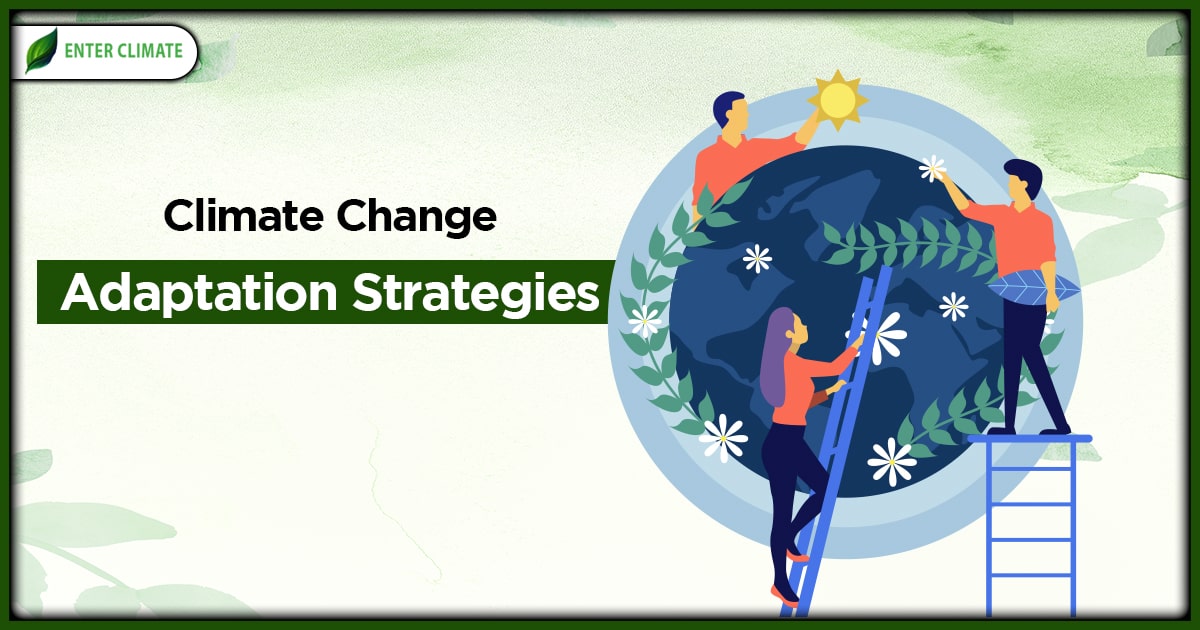Report on Iran’s Universal Periodic Review and Sustainable Development Goal Alignment
Introduction: UPR Recommendations and SDG Commitments
Following the Universal Periodic Review (UPR) process at the United Nations Human Rights Council, a series of recommendations have been issued to the Islamic Republic of Iran. While these recommendations are welcomed as a step towards reform, a critical analysis reveals a significant gap concerning specific targets within the Sustainable Development Goals (SDGs), particularly those related to gender equality and health.
Critical Omission: Female Genital Mutilation and SDG 5
A notable deficiency in the final UPR recommendations is the absence of any mention of Female Genital Mutilation (FGM). This oversight occurs despite evidence of its continued practice and explicit calls for legal reform. The failure to address FGM directly conflicts with the principles and targets of several SDGs.
- SDG 5: Gender Equality: The persistence of FGM is a severe violation of the rights of women and girls. It directly undermines Target 5.3, which explicitly calls for the elimination of all harmful practices, including female genital mutilation.
- Prevalence of FGM: The practice is reportedly ongoing in multiple Iranian provinces, including Kurdistan, West Azerbaijan, Kermanshah, Ilam, Lorestan, and Hormozgan. It is often perpetuated under the justification of tradition with minimal state intervention.
- Advocacy for Reform: Civil society organizations, such as Equality Now, have highlighted the urgent need for a global and national response to end FGM, as detailed in reports like “The Time is Now: End Female Genital Mutilation/Cutting.”
Broader Implications for Health and Justice Goals
The lack of focus on FGM has wider repercussions for Iran’s progress towards other key development goals.
- SDG 3: Good Health and Well-being: FGM has severe and lifelong consequences for physical and psychological health. The failure to prohibit and address the practice impedes progress towards ensuring healthy lives and promoting well-being for all, a core objective of SDG 3.
- SDG 16: Peace, Justice and Strong Institutions: The lack of legal prohibition and state action against FGM represents a failure in institutional accountability and access to justice for victims. This is inconsistent with Target 16.2, which aims to end abuse, exploitation, and all forms of violence against children, and the broader goal of building effective and accountable institutions.
Recommendations and Path Forward
To align with international human rights obligations and commitments to the 2030 Agenda for Sustainable Development, it is imperative that Iran takes decisive action.
Required Actions:
- Develop a Clear Roadmap: Iran is urged to formulate and present a clear and actionable roadmap for implementing the UPR recommendations.
- Prioritize Legal Reform: Specific emphasis must be placed on enacting and enforcing legislation that explicitly criminalizes Female Genital Mutilation, in line with SDG 5.3.
- Strengthen Institutional Accountability: The government must hold state institutions accountable for protecting women and girls from all forms of violence and discrimination, fulfilling its obligations under SDG 16.
- Engage with Civil Society: Continued engagement with advocacy groups is necessary to ensure that reforms are comprehensive and effective in ending violence and repression against women and girls.
Further details on the submissions and recommendations can be found in the full submission to the United Nations and the official UPR recommendations to Iran.
SDGs Addressed or Connected to the Issues Highlighted in the Article
SDG 5: Gender Equality
- The article’s central theme is the practice of female genital mutilation (FGM) in Iran. FGM is a direct violation of girls’ and women’s rights and a significant barrier to achieving gender equality. The text explicitly states that Equality Now’s advocacy aims to ensure “women and girls in Iran live free from violence, discrimination, and repression,” which is the core mission of SDG 5.
SDG 16: Peace, Justice and Strong Institutions
- The article highlights a failure in the institutional process, noting that FGM “was absent from final recommendations issued to Iran during the UPR process.” It calls for “legal reform” and urges Iran to “provide a clear roadmap for reform,” pointing to the need for stronger, more accountable, and just institutions that protect all citizens. The reference to Iran’s “obligations under international law” further connects the issue to the principles of justice and rule of law central to SDG 16.
Specific Targets Identified Based on the Article’s Content
-
SDG Target 5.3: Eliminate all harmful practices, such as child, early and forced marriage and female genital mutilation.
- This target is directly and explicitly addressed. The entire article focuses on the “ongoing practice” of “female genital mutilation (FGM)” in Iran. The campaign mentioned, “The Time is Now: End Female Genital Mutilation/Cutting,” is a direct call to action to achieve this target.
-
SDG Target 5.2: Eliminate all forms of violence against all women and girls in the public and private spheres.
- FGM is a severe form of violence against women and girls. The article’s commitment to ensuring women and girls “live free from violence” directly aligns with this target. The description of FGM being carried out with “minimal state intervention” points to violence occurring without adequate protection from the state.
-
SDG Target 16.2: End abuse, exploitation, trafficking and all forms of violence against and torture of children.
- FGM is predominantly performed on girls and is a form of child abuse and violence. The article’s focus on ending this practice is therefore directly related to protecting children from violence as stipulated in this target.
-
SDG Target 16.B: Promote and enforce non-discriminatory laws and policies for sustainable development.
- The article’s call for “legal reform” and holding “governments accountable” points to the need for laws and policies that protect women and girls from the discriminatory practice of FGM. The fact that the issue was missed in the UPR recommendations and is practiced with “minimal state intervention” implies that current laws and policies are either non-existent, inadequate, or not enforced.
Indicators Mentioned or Implied in the Article
-
Indicator 5.3.2: Proportion of girls and women aged 15-49 years who have undergone female genital mutilation/cutting, by age.
- This indicator is implied by the article’s statement that “FGM continues to be carried out in several provinces across Iran, particularly in Kurdistan, West Azerbaijan, Kermanshah, Ilam, Lorestan, and Hormozgan.” Measuring the prevalence of FGM in these specific regions is the primary way to track progress toward its elimination.
-
Indicator 5.1.1: Whether or not legal frameworks are in place to promote, enforce and monitor equality and non-discrimination on the basis of sex.
- This indicator is implied through the “explicit call for legal reform.” The absence of effective laws criminalizing and preventing FGM, as suggested by the need for reform and the lack of state intervention, is a direct measure of this indicator. The goal is to have a robust legal framework in place.
Table of SDGs, Targets, and Indicators
| SDGs | Targets | Indicators |
|---|---|---|
| SDG 5: Gender Equality | Target 5.3: Eliminate all harmful practices, such as child, early and forced marriage and female genital mutilation. | Indicator 5.3.2: Proportion of girls and women aged 15-49 years who have undergone female genital mutilation/cutting, by age (Implied by the mention of FGM’s prevalence in specific Iranian provinces). |
| SDG 5: Gender Equality | Target 5.2: Eliminate all forms of violence against all women and girls in the public and private spheres. | The article discusses FGM as a form of violence that needs to be ended, directly aligning with the target’s goal. |
| SDG 16: Peace, Justice and Strong Institutions | Target 16.2: End abuse, exploitation, trafficking and all forms of violence against and torture of children. | The practice of FGM is a form of violence against children (girls), making this target relevant. |
| SDG 16: Peace, Justice and Strong Institutions | Target 16.B: Promote and enforce non-discriminatory laws and policies for sustainable development. | Indicator 5.1.1 (cross-referenced for relevance): Whether or not legal frameworks are in place to promote, enforce and monitor equality and non-discrimination on the basis of sex (Implied by the call for “legal reform” and accountability). |
Source: equalitynow.org







